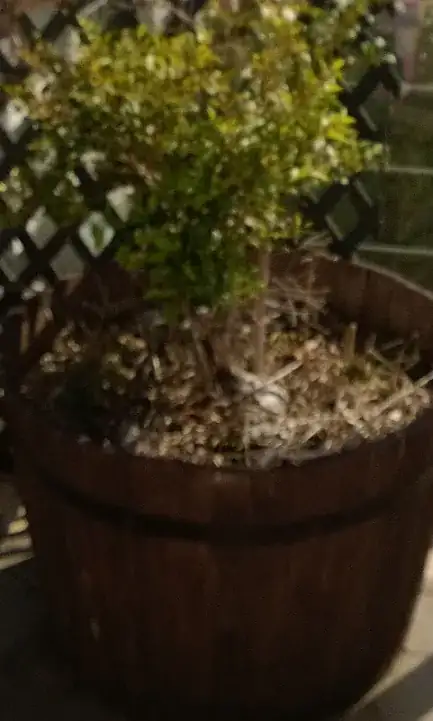One good thing you can do is to increase organic matter. Organics, such as compost, act as sponges to absorb and hold moisture. Organics do break down over time, so you will have to monitor the level of OM in your soil and replenish as necessary.
Another thing you can do is to add clay. Clay is the very small particles in soil that is responsible for the dust you see when you drive on a gravelly road. Clay particles are so small, that the surface area of the combined amount of clay is huge. And surface area holds water.
See here for a full explanation and some charts, as well as advice on dry-gardening in general.
Soil is capable of holding on to quite a bit of water, mostly by adhesion. For example, I'm sure that at one time or another you have picked up a wet stone from a river or by the sea. A thin film of water clings to its surface. This is adhesion. The more surface area there is, the greater the amount of moisture that can be held by adhesion. If we crushed that stone into dust, we would greatly increase the amount of water that could adhere to the original material. Clay particles, it should be noted, are so small that clay's ability to hold water is not as great as its mathematically computed surface area would indicate.
This direct relationship between particle size, surface area, and water-holding capacity is so essential to understanding plant growth that the surface areas presented by various sizes of soil particles have been calculated. Soils are not composed of a single size of particle. If the mix is primarily sand, we call it a sandy soil. If the mix is primarily clay, we call it a clay soil. If the soil is a relatively equal mix of all three, containing no more than 35 percent clay, we call it a loam.
Clayey soil can provide plants with three times as much available water as sand, six times as much as a very coarse sandy soil.
The downside of clay is it can restrict the amount of oxygen to the roots, so careful adding too much clay.
Another type of clay, apart from the dusty stuff blowing around, is vermiculite. Vermiculite will soak up water like a sponge. Here is a fairly good article on verminculite vs perlite in potting soil: http://worldseedsupply.org/blog/?p=113
Vermiculite is some pretty good stuff. It's exceeded only by humus in holding onto plant nutrients in the soil. http://en.wikipedia.org/wiki/Soil#Cation_exchange_capacity_.28CEC.29
Vermiculite also swells and shrinks as it soaks up or loses water, thereby aerating the soil.
